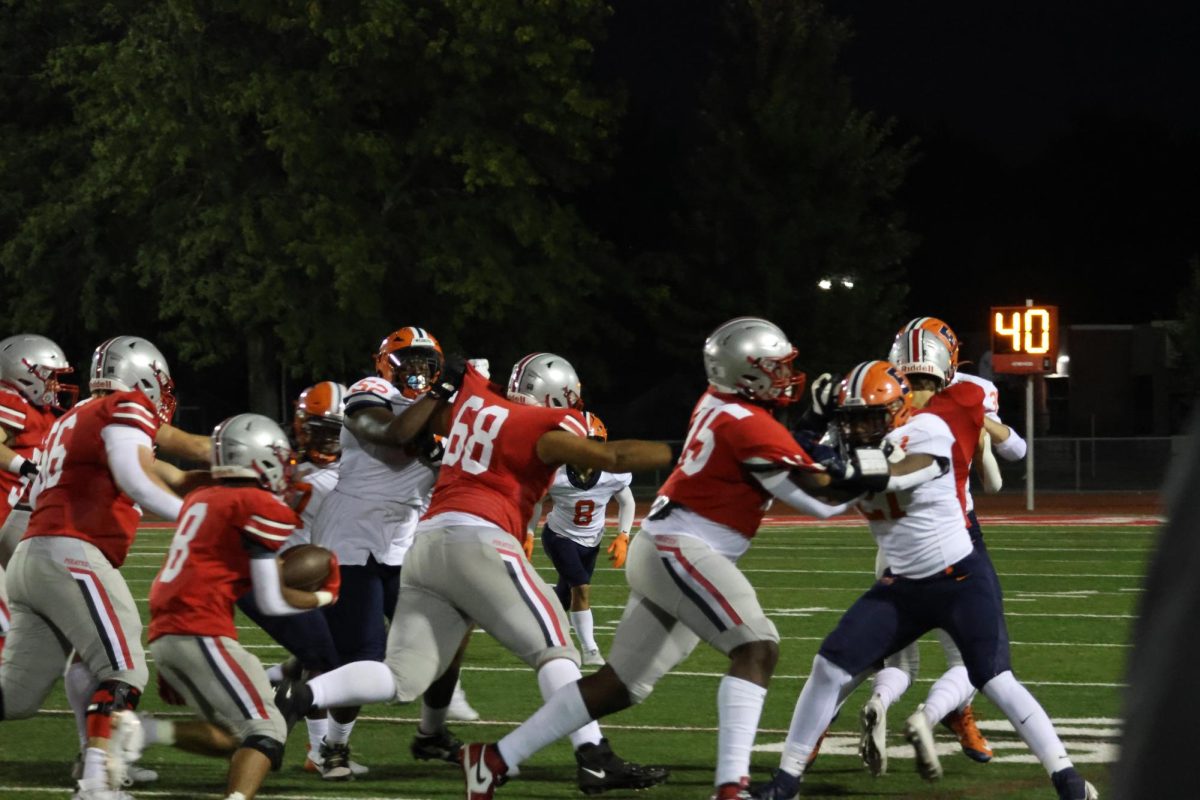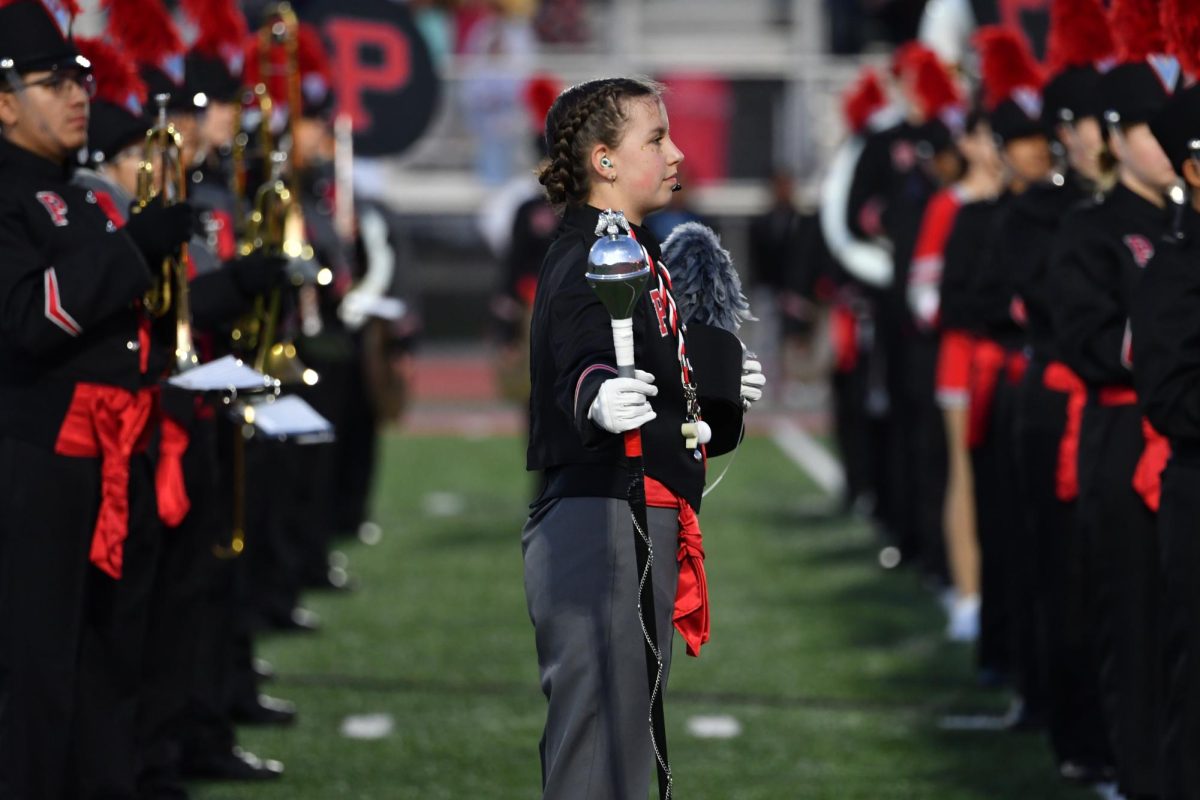The cheers of enthusiastic students fill the student section. Boys tackling each other, the main focus is to win. Heads slam with more heads, headaches to come lining up.
Football is a popular sport in high school and an important sport among students. Although it holds such a high status in the American identity, are high school adolescents actually safe when competing in such a physical sport?
CTE, also known as chronic traumatic encephalopathy, is a brain disorder linked to repeated trauma to the head. It has manifested its way into contact sports like football, wrestling, boxing and has left an impact on several lives, especially in the infamous sport of football.
“In recent years it is far less of an issue compared to 10-plus years ago when looking back at the kids that are now adults who suffered multiple concussions,” Nicole Greening, the head athletic trainer at Palatine High School, said. “The education/awareness of concussions has helped everyone become more cautious before returning to play. The question to ask is does a growing and developing brain handle healing better than a young adult and that’s why we see more CTE later in life compared to high school.”
Younger brains are less susceptible to long-term damage as they can heal faster. The younger body in general is able to heal faster, giving kids an advantage when playing tough sports like football. We are so fortunate and stronger at younger ages but a threat may still be a threat.
According to CNN health, in July 2019, an 18-year-old teen named Wyatt Bramwell shot himself in the chest, specifically in the heart because he wished for his brain to be donated for CTE research. He was the first high school football player to be diagnosed with stage 2 CTE, an interesting discovery by the doctors. He had been playing tackle football for about 10 years prior to his death.
Additionally, the brain is fully developed during the mid-20s but it stops growing size wise by early adolescence. Early adolescence ranges from 10-14, which researchers at Concussion Legacy Foundation think is a good age to enroll your child in tackle football.
Unfortunately, several articles about the dangers of a sport like football won’t end it for high school adolescents because at the end of the day, it’s entertaining for people to watch. Instead, precautions that are taken in order to prevent such dangers play an important role in the safety of football.
“We start off with a baseline approach for all athletes with a program called Sway,” Greening said. “Baselines allow up to compare the athletes function pre- and post-injury. We follow the standard IHSA concussion guidelines, which test athletes every two years through the system. If someone takes a hit to the head they will be run through a screening to compare to their baseline and then follow up with us daily in the athletic training room. If we are treating a concussion and they appear to not be getting better we will refer the athlete to a local specialist or primary physician.”
The safety of high school football players will always be up for discussion, but as society progresses, protection of these adolescents should always be a priority because sports are supposed to be fun, not a negative life-altering experience.

















